Sound
While the MK2 has a bold sound with a big bass presence with open & colorful mids, the Forsteni has a brighter presentation with less overall bass quantity and more apparent treble with a v-shape sound compared to the flagship. Where does the Finschi stand when we think about the other two models then? The answer is that it’s much closer to Forsteni than the MK2.
The Oriolus Finschi is a clear sounding IEM with a soft bass response for a hybrid model. The mids are clean but a little bit behind, and the treble is quite apparent and boosted. The overall presentation is close to neutral but let’s find out more.
Bass
I didn’t expect the Finschi to hit hard and reach very low after its successful and higher positioned brothers. The bass doesn’t reach very very low but the subbass level is sufficient and ideal. Midbass in the Forsteni felt a little bit off to me but it’s not that much with the Finschi. That’s probably because it doesn’t have that much subbass.
So the overall bass balance is good. However I would like to have a bit more midbass for the sake of some warmth. Subbass hits are very sweet though and that’s what I love about this IEM; not too much but not deficient at the same time.
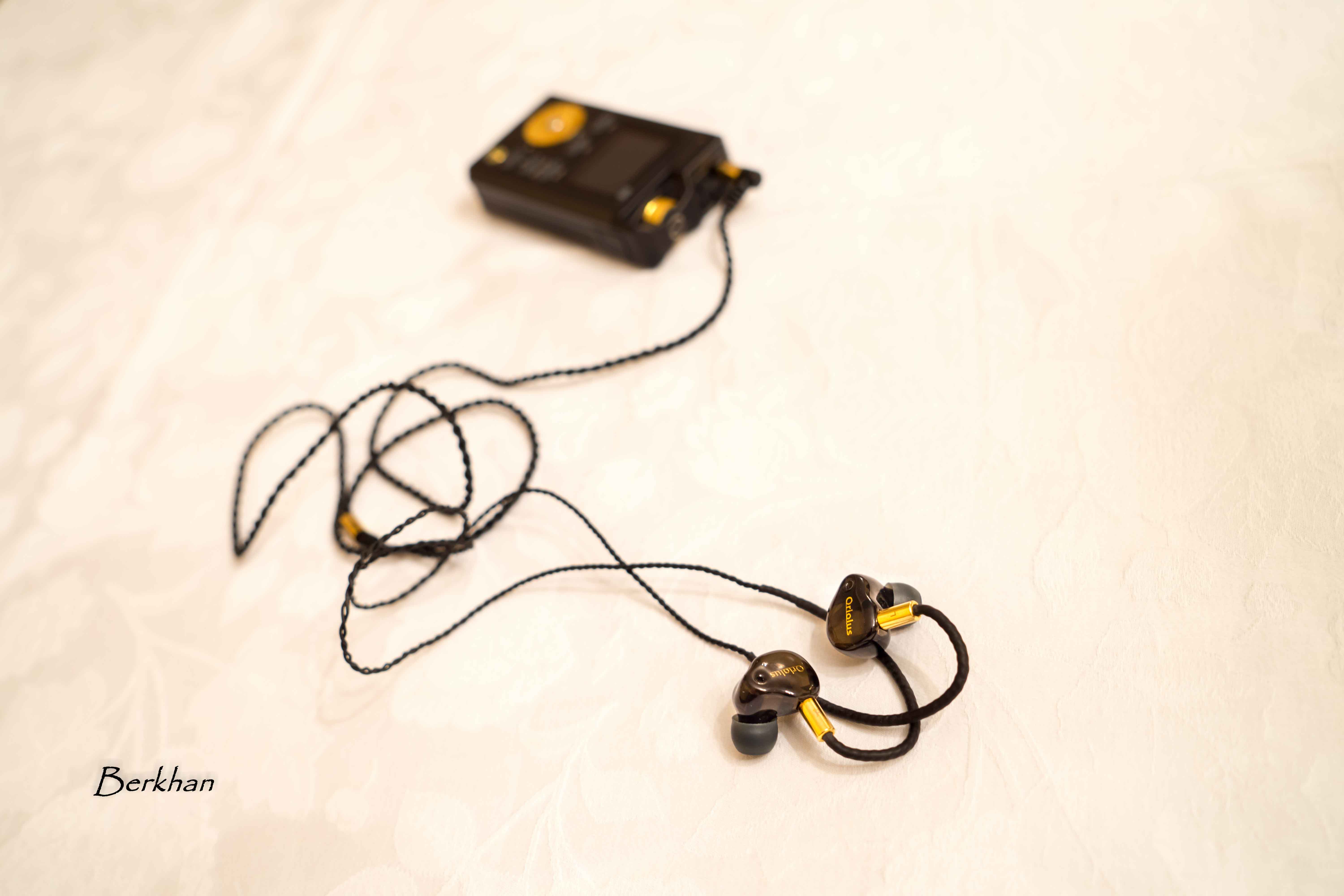
Oriolus Finschi
It actually reminds me the Forsteni pretty much. The only difference I feel that the subbass of the Finschi is a little less, as I mentioned. And that actually works well with genres like vocal and instrument oriented ones and it creates a balanced bass presentation. However that midbass gap is still there. So the midbass is identical to Forsteni while the subbass is less dominating. You still get good kick out of the dynamic driver and the bass has good decay. It’s not a slow type of bass, it’s quite fast.
The bass stays out of the way for the mids to do their job, but a little bit more midbass could’ve assisted the mids better in my opinion. For this money though, you get a dynamic bass response which is quick and airy. I liked the bass performance of the Finschi, which I think is a balanced one except that very small midbass gap.
Mids
Mids are very very clean and they have good space in the whole sound. The resolution is satisfying and the transparency level is great. When you focus on the mids only, they are a little bit close in the stage. However you don’t feel that too much because of the treble response which I will explain shortly. Overall the positioning of the mids in the whole sound is very good.
The mids don’t have big body on the other hand. The note size is a little small and that’s one of the consequences of the midbass level I remarked. So the blood is not there, therefore don’t expect a full sound like the MK2 or some other warmer, big bodied IEMs. Tonality is good though, nice for this particular presentation but the timbre is not very musical. It’s more like sterile and neutral sounding.
Treble
The transition area between the upper mids and lower treble is quite boosted with the Finschi. That also carries over to the overall treble presentation. As a result, the Finschi sounds bright and open. That is why the mid part of the spectrum does not shine like some of you would like to. When you pick the mid frequencies alone, the intimacy and the definition is there, but when the treble gets in the way it somewhat steals the show. Especially with the recordings that have apparent cymbals.
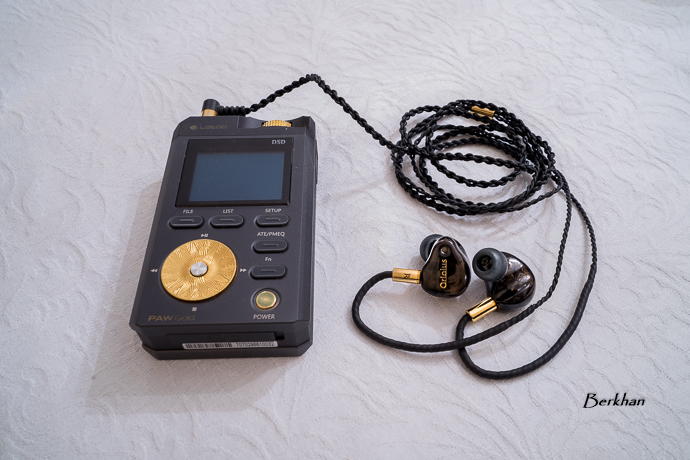
Oriolus Finschi
The technicalities in this area however are quite strong. The treble has good extension, it’s very well articulated and the separation is successful. So in this particular area the IEM gets very high points for the price it goes for. I would say this is the most successful part of the Finschi apart from the lower treble boost.
Technical Performance
The sound stage is one of the most impressive traits of the new Finschi, which is quite wide for the price. Depth is not as impressive, but still good. A good sound stage in an IEM, let alone an entry-level one is not easy to find. In addition, the stereo imaging is also very good, and the IEM separates the frequencies nicely.
The treble extension and articulation are also impressive like I mentioned above. The tonality-side is fairly good and I didn’t expect more from an IEM that costs less than $ 200. Instrumental separation however is wonderful for the price and it exceeded my expectations. The overall sound is very crisp and clean. The presentation is not splashy like some other monitors we hear around these price levels.
Background blackness also doesn’t disappoint. The only small drawback is the tonality like I said, but that is understandable for this configuration. Micro detail level is at the same level with most IEMs, even the ones that cost two or three times more. However the control is not great with very fast songs so be aware of that. Is it bad? No, it’s very normal for the price but just don’t expect a flagship performance.
Source Matching
I would go with the warmer DAPs and sources such as the Sony ZX2, Oriolus’ own DP100 DAP, HiBy Music R6 (Single Ended), A&K KANN, Shanling M2s and the FiiO X5III.
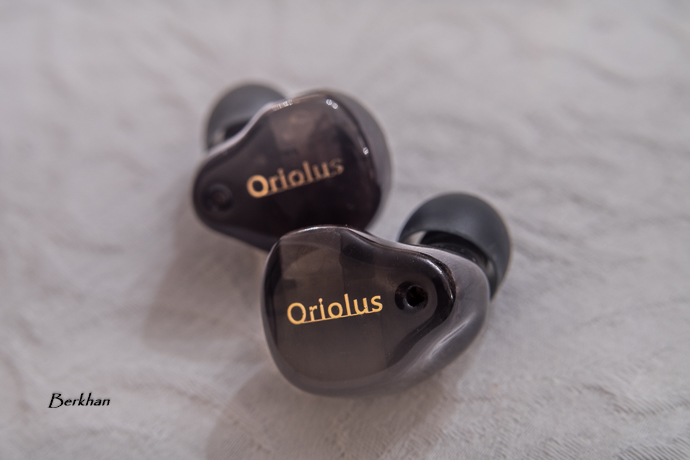
Oriolus Finschi
Comparisons
vs. Oriolus MK2: The MK2 still remains the flagship Oriolus IEM. The difference is of course night and day, but presentation wise the Finschi performs brighter and slightly flatter when compared. The mids of the entry level performer are crisp yet lack the musicality and body that the MK2 gives.
vs. Oriolus Forsteni: The Forsteni has a little larger subbass and overall bass performance. The Finschi plays the bass notes “softer” and gives crisp mids just like its brother. However the Forsteni has a better treble response with better control, and it doesn’t have that lower treble boost. Overall of course the Forsteni is better with a similar sound presentation. The Finschi deserves the recognition for what it does for the price though.
vs. FiiO F9 Pro: The F9 Pro also gives crisp mids but with lesser resolution and it doesn’t have this bass layer that the Finschi provides. The Finschi also has a better stage and overall frequency delivery. It also has the better fit. All in all the Finschi I think is the better value.
vs. iBasso IT01: The IT01 has a single dynamic driver which performs really well at its price bracket. Granted, the Finschi has a higher price right now but I think it’s worth to pay a little more to get it. The reason is that the Finschi gives a more complete sound performance, especially with better staging and imaging capabilities. The iBasso will remain in our Best Universal IEMs list, but now I think there’s a better option for a little more.
vs. Kinera IDUN: This is a very serious rival and it goes for around the same price as the Finschi, being a little less costly. The IDUN has an even better fit with a nice design language. They both have good build quality for the price. Sound-wise they’re pretty close with Finschi being a little better in terms of treble and it’s also better in terms of bass. They both perform nicely in the mids and they have a similar sound stage performance. The Finschi I think has the better stereo imaging and better micro details. They’re both great performers for the price and it’s hard to pick one, but I think the Finschi edges out here.
Summary
I haven’t seen any Oriolus products that don’t perform up to the price level to date and the Finschi didn’t negatively surprise me in that regard. Once again it’s a true sounding IEM that doesn’t try to overdo anything and it certainly gives a very good performance for the asking price. I recommend the Finschi to anyone who is looking for a hybrid IEM that costs little, and that has a brighter and open sound signature.
There are some small drawbacks in its frequency presentation here and there, but the technical performance for this price is undeniably good. The drawbacks I mentioned above are not big issues, especially for an IEM that costs this little money. So when you think about the whole sound of the Finschi, it has to get some solid credit.
From the build quality to the fit and to the sound performance – which would please many audiophiles around – this certainly is a great option from Oriolus in the entry-level market. As a result, I remove the LZ-A4 from our Best Universal IEMs and put the new Oriolus Finschi in there for the sub $200USD range. Well deserved.







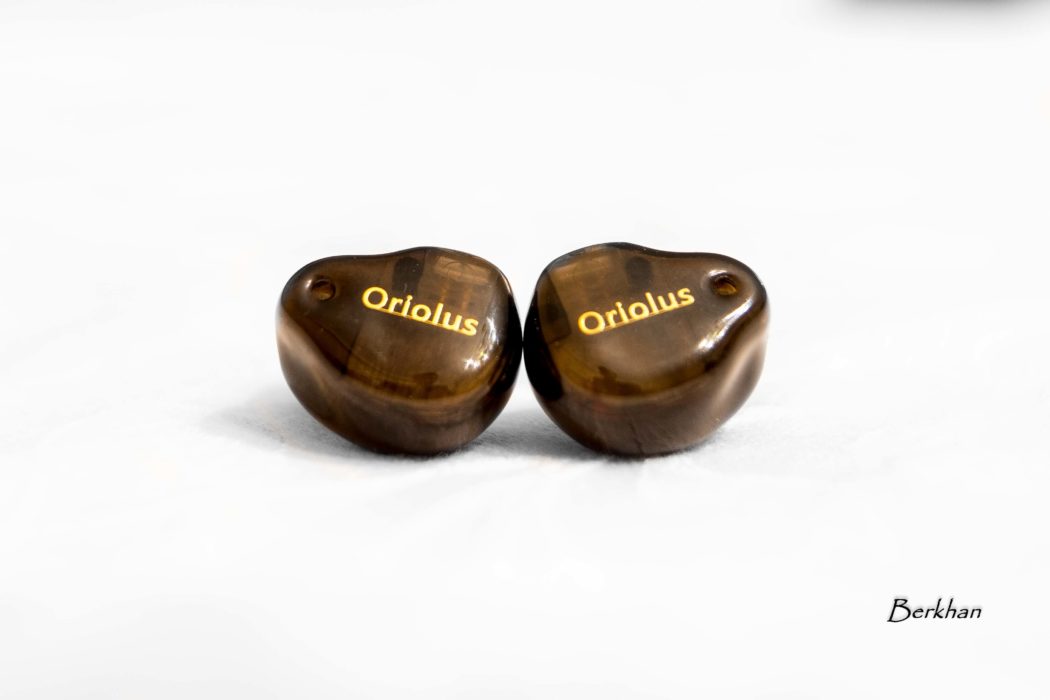
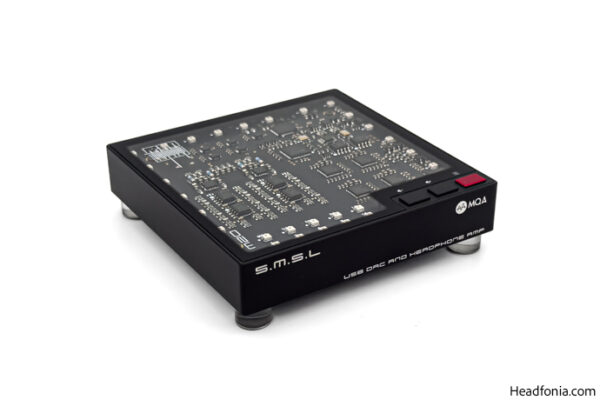
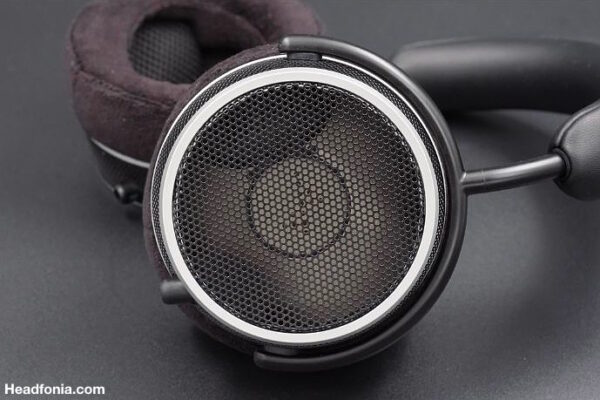
Sp12er
why no 1More Quad and Triple driver comparisons? those are quite obvious ones with same-ish hybrid mindset and price range, heck I even got recommended to go to the Quad review on the bottom of this one.. 😉
Berkhan
Different reviewers.. Sorry..
Juan Luis Quiroz
How compared with fiio fh5 in terms on resolution and soundstage?
Berkhan
Similar resolution with the Finschi being better on treble. Stage-wise the FH5 is deeper, the width is similar.
Lee
Hi, how does it compared with fiio fa7?
Berkhan
Wait for the FA7 review 😉
Eray Altıntaş
You weren’t remove lz A4 on your scorelist. Still fincshi lower scoring then lz A4. This points stand out When I was looking ur list.
Berkhan
Think about the fit, isolation and build quality as well. It’s not all about the score table.
lime
great review
can you compare it to oh300